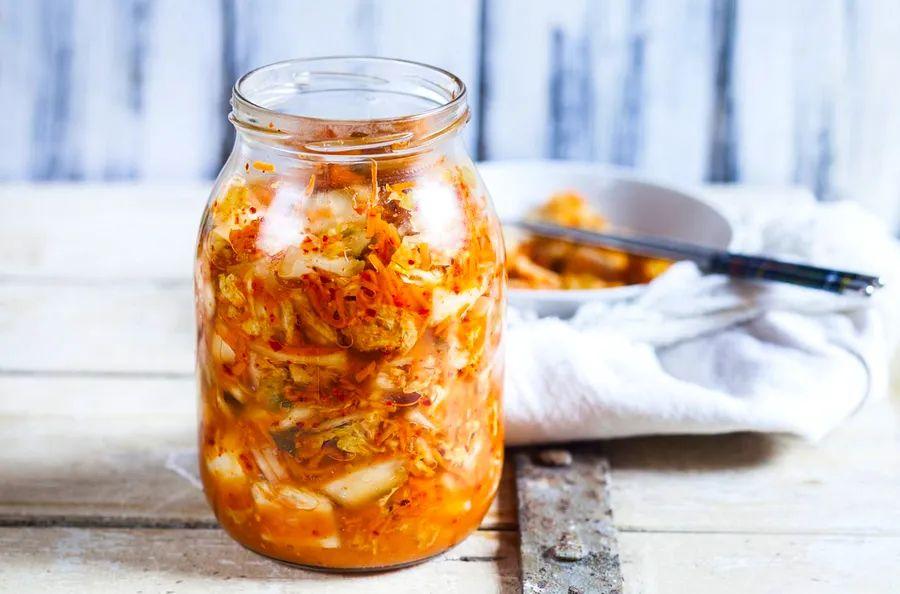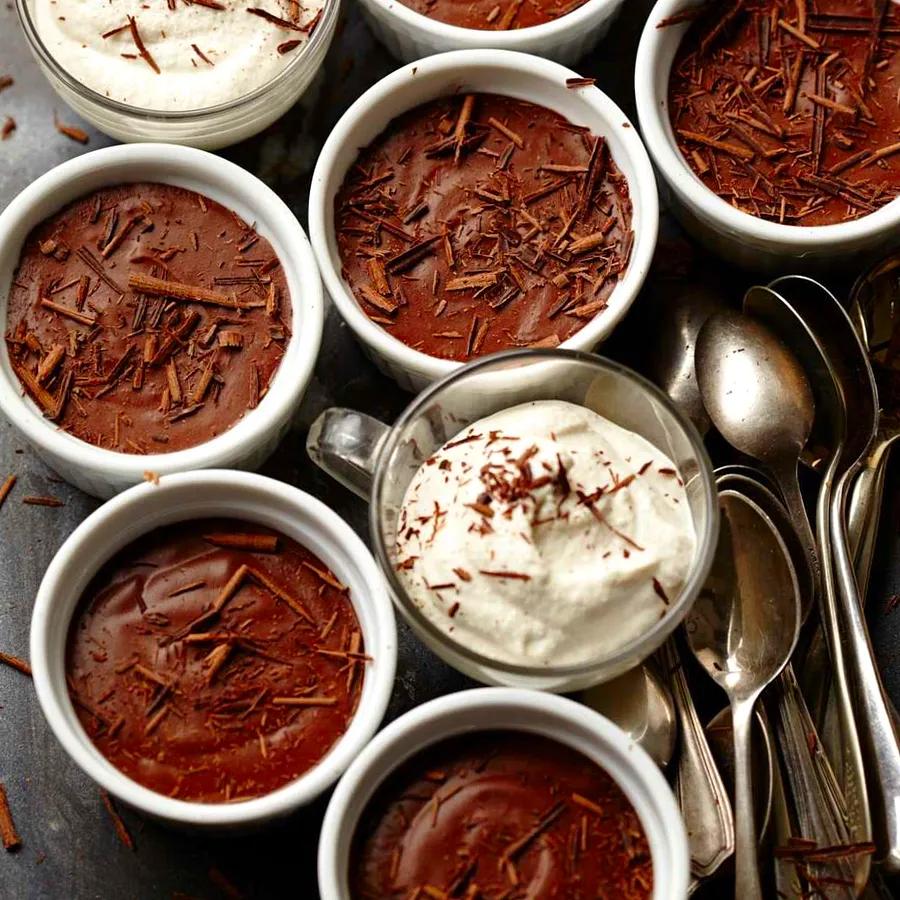10 Non-Yogurt Foods Packed with Probiotics

A trip to the store today quickly reveals that probiotics are everywhere, and it's clear they’ve become a wellness staple. As awareness grows, people are realizing that foods rich in probiotics—beneficial bacteria—can offer significant benefits for gut health. From supplements to probiotic drinks, the market is booming, reflecting the growing recognition of the connection between our microbiome and overall health.
However, when discussing probiotics, we can't overlook the foods that naturally contain them: fermented foods. Long before modern refrigeration, fermentation was used as a method to preserve food. Fermentation involves breaking down sugars in food through bacteria and yeast, allowing food to last longer.
Today, fermented foods with live cultures (i.e., probiotics) are incredibly popular for their health benefits. Probiotics are known to support gut health and improve digestion. A recent review in Current Pharmaceutical Biotechnology even suggests that probiotics may play a role in reducing the risk of anxiety and depression.
Fermented Foods and Their Probiotic Power
The types of probiotics found in fermented foods can differ widely, but the most common are microorganisms from the Lactobacillus, Saccharomyces boulardii, and Bifidobacterium families.
However, before you grab a bottle of beer or wine (which are both fermented), thinking they’ll boost your probiotic intake, be aware that these drinks don’t always contain probiotics. As noted by Harvard Health Publishing, both beer and wine lose their probiotics during the production process. Additionally, high temperatures used in baking and canning, or pickling with vinegar, can deactivate these microorganisms.
Adding fermented foods to your diet is an easy way to promote gut health, which can positively impact your mood and might even help prevent neurodegenerative conditions like Alzheimer's and Parkinson's. Just make sure to choose options labeled as naturally fermented or containing live cultures (like yogurt).
11 Probiotic-Packed Foods Beyond Yogurt
From the live cultures that transform milk into yogurt to the natural fermentation of cabbage into kimchi, here are 10 probiotic-rich foods you can add to your diet.

1. Tempeh
Tempeh is a popular plant-based protein made from fermented soybeans. After cooking, it forms compact cakes that can be sliced into strips or cubed, ideal for grilling or sautéing.
While tempeh is celebrated for its nutty taste, chewy texture, and ability to soak up flavors, its true health benefits come from its impressive nutritional profile. A 200-calorie serving of tempeh provides 21.1 grams of protein, or 42% of your daily protein requirement. It's also packed with essential minerals like potassium, iron, and magnesium, and contains all nine essential amino acids, making it a complete plant-based protein source.
Try This Tempeh Recipe: Tempeh BLT (TLT) Sandwich

2. Miso
The savory umami taste you enjoy in miso soup comes from miso paste, which is a fermented mixture of barley, soybeans, or rice. Research shows that miso contains anywhere from 10² to 10⁷ colony-forming units (CFUs) of probiotics per gram, making it a powerful, naturally occurring source of beneficial gut bacteria.
Miso is often added to soups and salads but can also be used to flavor seafood and meats in marinades. Keep in mind, a small amount of miso goes a long way.
Try This Miso Recipe: Miso-Glazed Skirt Steak

3. Yogurt
Yogurt, one of the most popular sources of probiotics, is made through the fermentation of milk. When buying yogurt, look for the "live and active cultures" label to ensure it's packed with beneficial bacteria for your gut.
Fermented dairy products like yogurt often contain less lactose than regular milk, making them more tolerable for those who are lactose-intolerant, according to the USDA. Nowadays, you can even find yogurt made from non-dairy milks such as coconut milk or almond milk.
Try This Yogurt Recipe: Homemade Authentic Yogurt

4. Kefir
Kefir is a fermented milk drink made by introducing bacteria colonies called kefir grains into cow's or goat's milk. Originating from Eastern Europe and parts of Southwest Asia, the microorganisms in kefir transform lactose into lactic acid, giving it a tangy, yogurt-like flavor, but with a more fluid consistency.
A recent study published in Frontiers in Microbiology reveals that kefir contains up to 61 different species of bacteria and fungi, making it a far richer source of probiotics than yogurt.
Try This Kefir Recipe: Kefir Chocolate Chip Pancakes

6. Buttermilk
Buttermilk was originally a byproduct of butter production. After butter was churned, the remaining liquid would naturally ferment when exposed to bacteria in the air, causing the lactose in the milk to convert into lactic acid.
Today, buttermilk is made by adding bacterial cultures to nonfat or low-fat milk. This process creates a thick, tart liquid that’s often used to make pancake batter fluffier and gives coleslaw its signature creamy, tangy taste.
To ensure your buttermilk is packed with probiotics, check the label for "active cultures."
Try This Buttermilk Recipe: Homemade Buttermilk

7. Cheese
Some cheeses can be rich in probiotics, particularly if they’re made from raw, unpasteurized milk. However, in the United States, the FDA requires that cheeses be made from pasteurized milk, which eliminates their probiotic properties during the heating process.
Unpasteurized milk is permitted only if the cheese is aged for at least 60 days. Aged cheeses such as Parmigiano Reggiano, cottage cheese, or any artisanal cheeses made from raw milk (often found at farmers' markets) are packed with probiotic cultures that help boost the gut microbiome.
Try This Fermented Cheese Recipe: Cottage Cheese Salad with Egg and Radish

8. Kimchi
Kimchi is a traditional Korean side dish made by fermenting vegetables (typically cabbage) with a variety of spices and herbs in an airtight container for several days or up to a week. Known for its strong aroma, spiciness, and rich probiotic content, it’s a staple in many Korean meals.
Lacto-fermentation occurs when the microorganisms in kimchi break down the sugars in the vegetables into lactic acid, which not only enhances flavor but also helps preserve the vegetables, extending their shelf life.
Try This Kimchi Recipe: Kimchi Pancakes

9. Sauerkraut
Sauerkraut, the European counterpart to kimchi, is made by fermenting cabbage. A staple in German cuisine, traditional sauerkraut was created by dry-curing cabbage with salt, then allowing it to ferment for several days to weeks.
Today, you can find sauerkraut in cans or made by pickling cabbage in vinegar. While both are tasty, they lack the probiotic benefits of traditionally dry-cured sauerkraut, as the canning process and vinegar destroy the beneficial bacteria.
Try This Sauerkraut Recipe: Sauerkraut Salad

10. Pickles
For pickles to deliver probiotics, they must be fermented in a saltwater brine. Unlike vinegar, saltwater does not inhibit the growth of beneficial microorganisms during fermentation.
Pickling has been a popular food preservation method for thousands of years. Making your own pickles is easy, and you don't have to stick to cucumbers. You can pickle carrots, corn, or even apples for a unique twist.
Try This Pickle Recipe: Sweet Dill Pickles

11. Kombucha
Kombucha is a bubbly tea made by fermenting black or green tea with a SCOBY (Symbiotic Culture of Bacteria and Yeast). With a tart, vinegary taste, the kombucha brewing process closely mirrors the one used for making vinegar. It's commonly available in a variety of herbal and fruit-infused flavors.
You can also brew your own kombucha at home. Just ensure that the SCOBY you're using is healthy by checking for these three key indicators.
Try This Kombucha Recipe: Kombucha Hot Buttered Toddy

1

2

3

4

5
Evaluation :
5/5